Tachyon tidbits featuring Sam J. Miller, Peter Watts, Sheila Finch, Marjorie Liu, and Ellen Datlow
The latest reviews and mentions of Tachyon titles and authors from around the web.
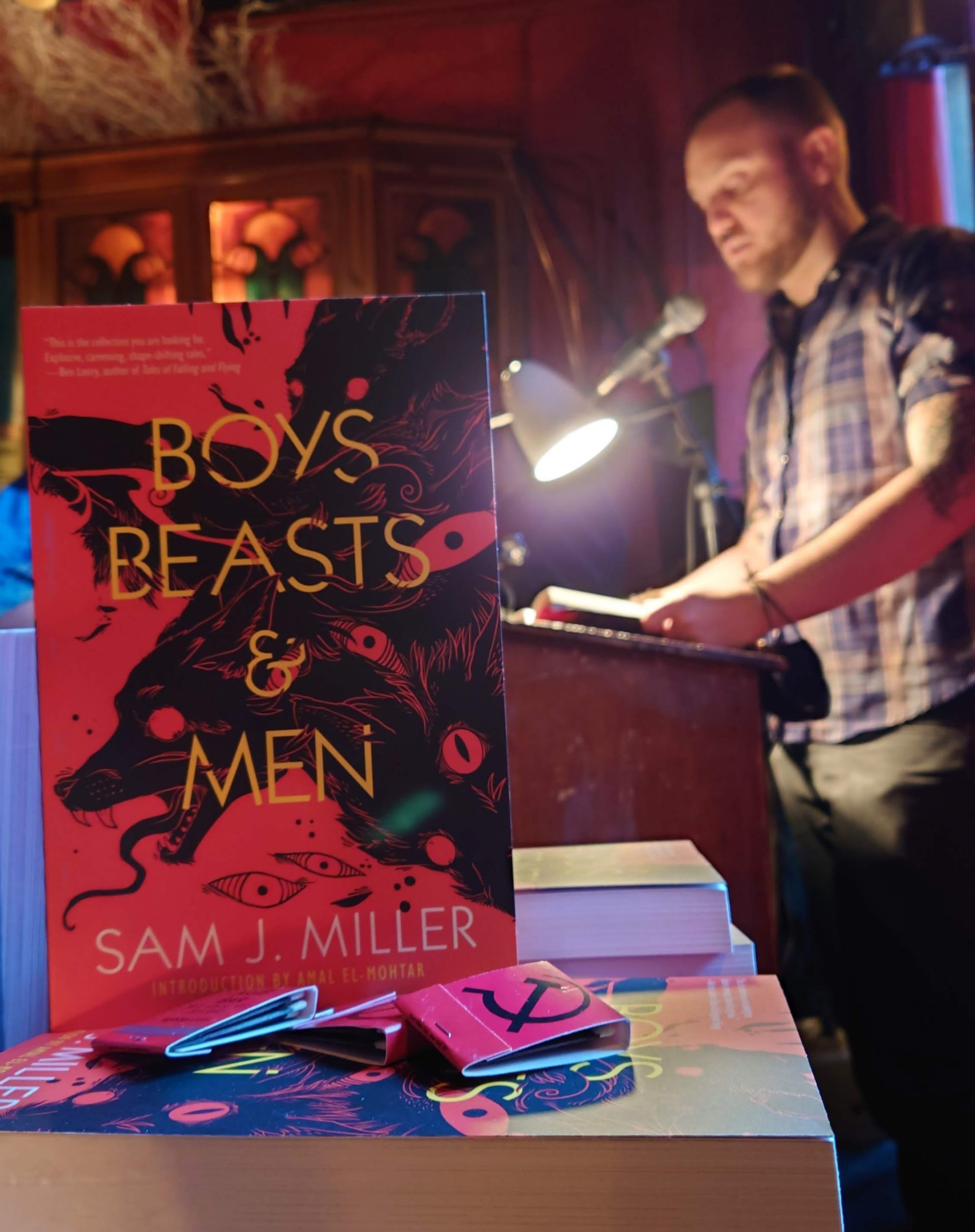
Photo by Juancy Rodriguez




At Tor.com, Sam J. (BOYS, BEASTS & MEN) Miller’s “Five Stories About Actual Movie Monsters” includes a shout out to “The Things” by Peter Watts (Collected in BEYOND THE RIFT).
Reimagining John Carpenter’s 1982 masterpiece The Thing from the point of view of the bloodthirsty shapeshifting alien, Watts made it into a harrowing send-up of the colonialist mentality: the Thing is incapable of seeing what makes its victims unique or different or special, and perceives only “thinking cancers” that must be brutally subjugated. It preserves everything that’s scary and horrific about the movie, while adding a deeper layer that digs into questions the film had neither the space nor the chutzpah to tackle.
Five Stories About Actual Movie Monsters
This story rocked my world. And it gave me permission to go there myself, with my own (super gay) The Thing fanfic, “Things With Beards” (which, NBD, was a nominee for the Nebula and the Shirley Jackson Awards).
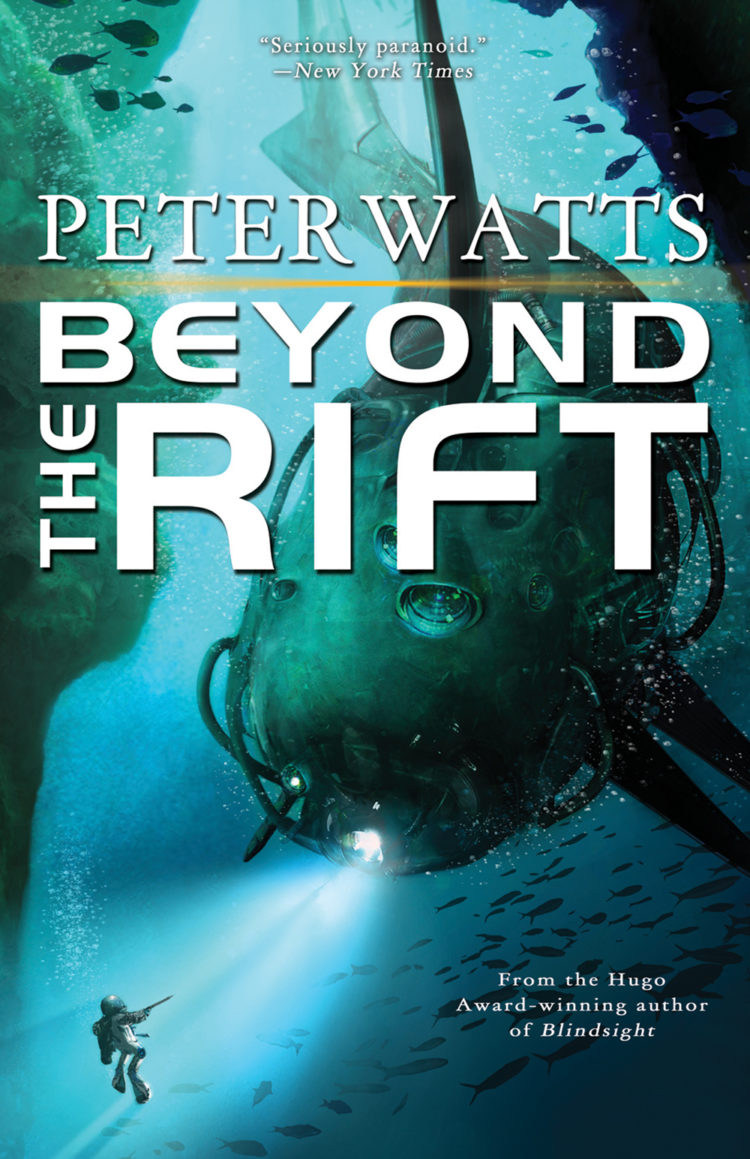
Design by Elizabeth Story
Paul Di Filippo for Locus reviews Sheila Finch’s new Aqueduct Press collection Forkpoints.
The stated theme of Finch’s book—”choices that change lives forever”—is almost a formula for any and all fiction, and need not be given too much heft. No point in trying to cram these varied, distinctive, and memorable tales into a thematic cubbyhole. Just revel in their brio and craft, and hope that Finch continues writing for many years ahead.
Locus

Marjorie Liu’s THE TANGLEROOT PALACE receives praise from Midu Reads and SupChina lists the collection on Emma Burleigh’s “Must-read China books for Pride Month.”
I really liked this collection of tales and not only because it had women front and center!
Midu Reads
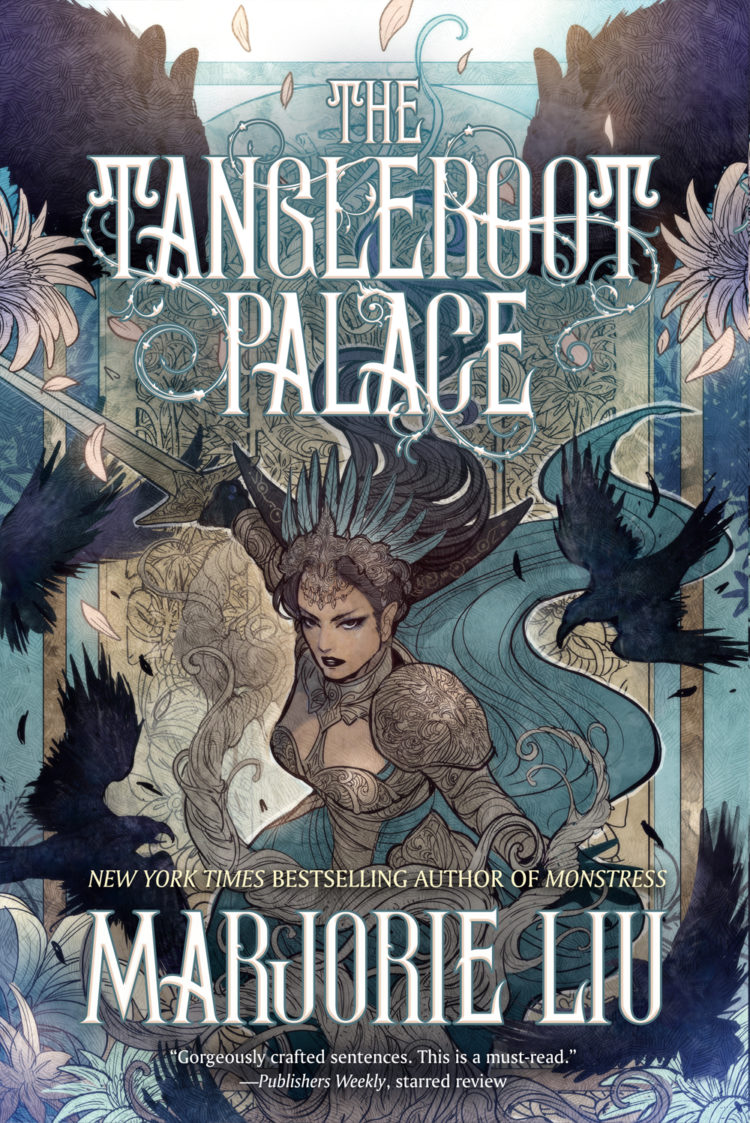
Design by Elizabeth Story
At Crime Reads, superstar editor Ellen Datlow contributes the essay “Monstrosity Is in the Eye of the Beholder.”
What is a “monster”? What is monstrosity? The definition depends upon who is doing the defining.
Monstrosity Is in the Eye of the Beholder
The etymology of the word “monster” is complicated.
“Monēre” is the root of “monstrum” and means to warn and instruct. Saint Augustine proposed the following interpretation, considering monsters part of the natural design of the world, deliberately created by God for His own reasons: spreading “abroad a multitude of those marvels which are called monsters, portents, prodigies, phenomena . . . They say that they are called ‘monsters,’ because they demonstrate or signify something; ‘portents’ because they portend something; and so forth . . . ought to demonstrate, portend, predict that God will bring to pass what He has foretold regarding the bodies of men, no difficulty preventing Him, no law of nature prescribing to Him His limit.”
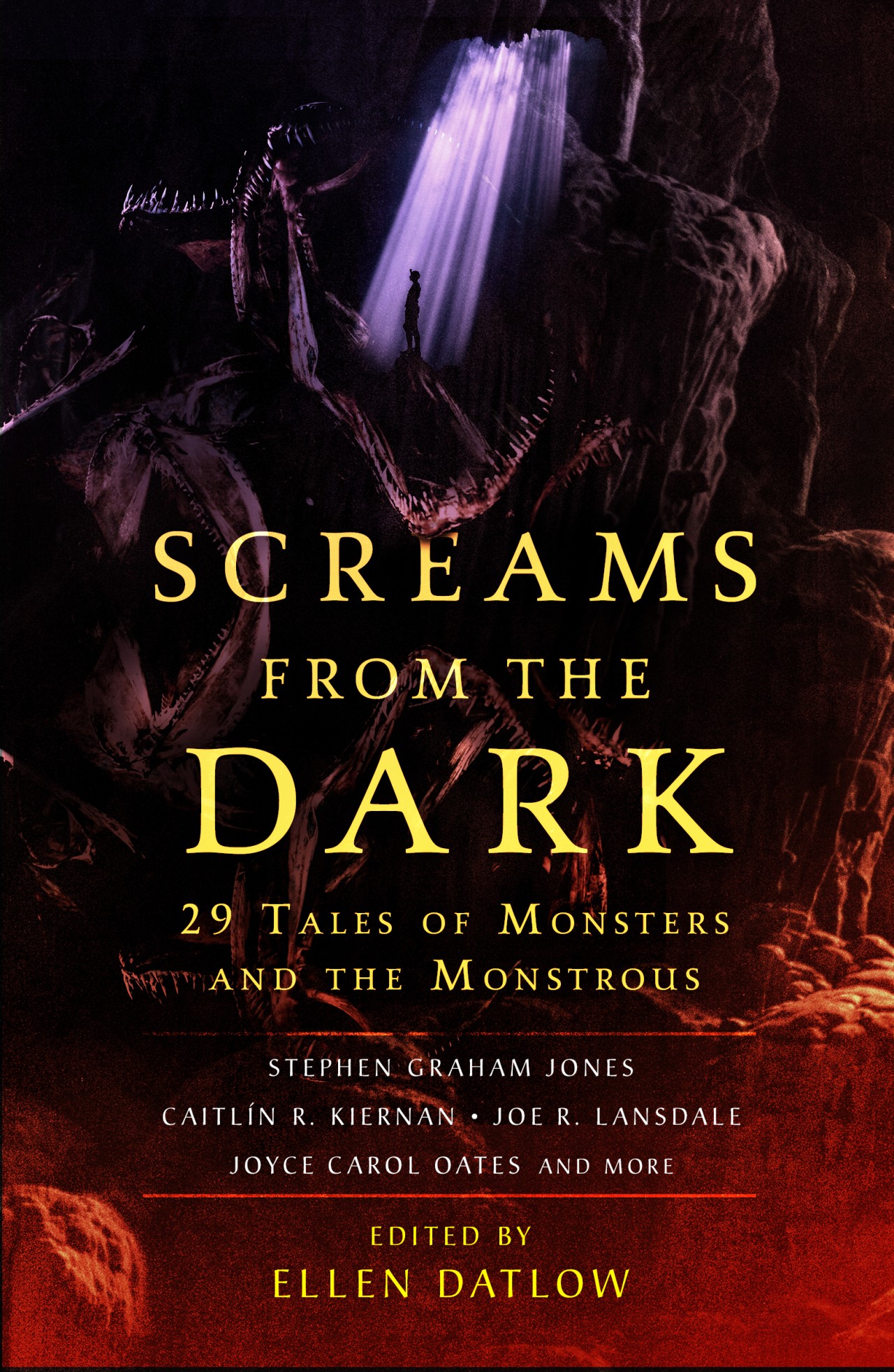
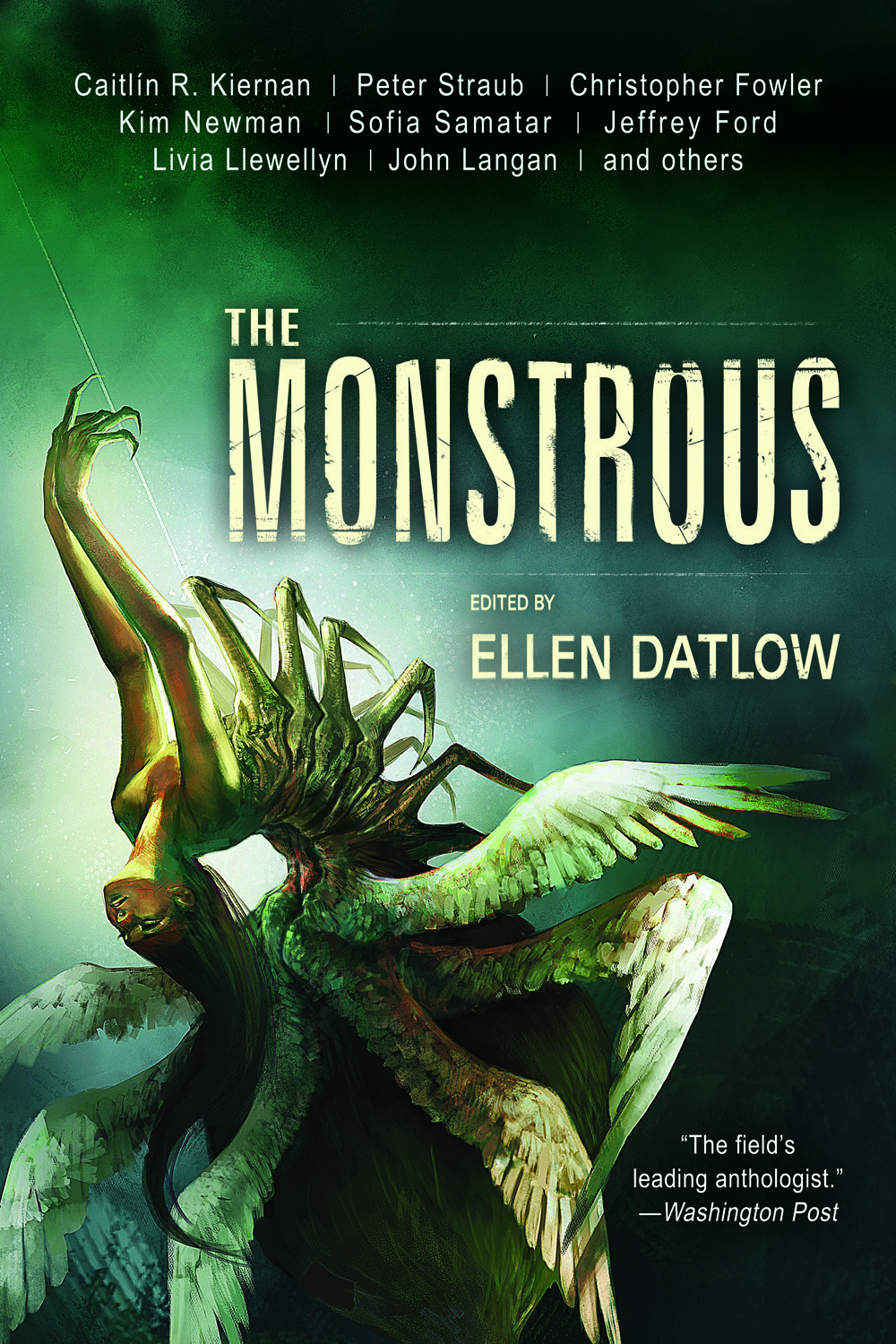
Design by Elizabeth Story
